KITCHEN 101: Eliminating Oily Residue & Lingering Odors on Silicone Mats and When to Use Parchment Paper
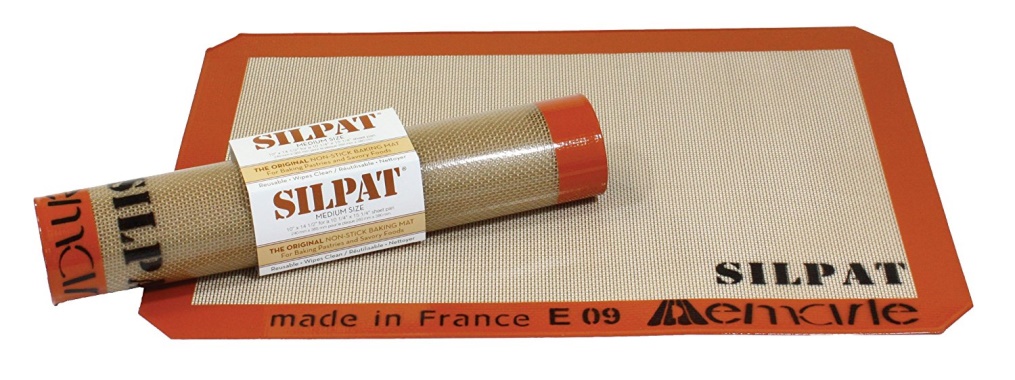
If I had to choose between my top 5 favorite kitchen tools, my trusty silicone mat (I use Silpat) would be decidedly included. Ever since I purchased mine a few years ago, it has faithfully performed, no matter the baking chore.
However, recently my Silpat has started to look (and smell) a bit funky. But since these mats are on the pricey side ($17 on amazon.com), I refuse to invest in a new one. That decided, I turned to the Tips and Tricks section of a favorite site, www.food52.com to learn the best ways to clean a silicone mat. My optimistic hope was that I could make it as fresh as the first day I used it.
The Food 52 pros first explained why these mats get funky in the first place:
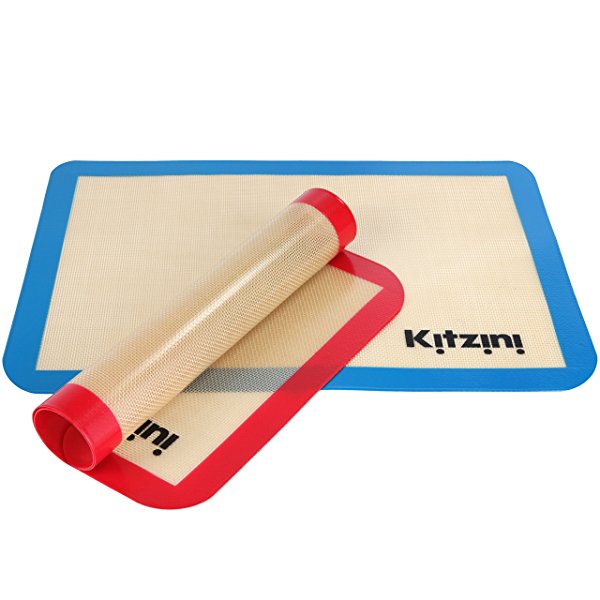
Silpats and other silicone mats are made of silicone (duh), which is why they're so nonstick. As they heat up in the oven, the silicone molecules expand, absorbing the oils (and, consequently, some residual flavors and fragrances) of whatever you're cooking. After they cool down, it's very difficult to remove the oils from the mat; that's why they can become covered in an unpleasant, oily sheen.
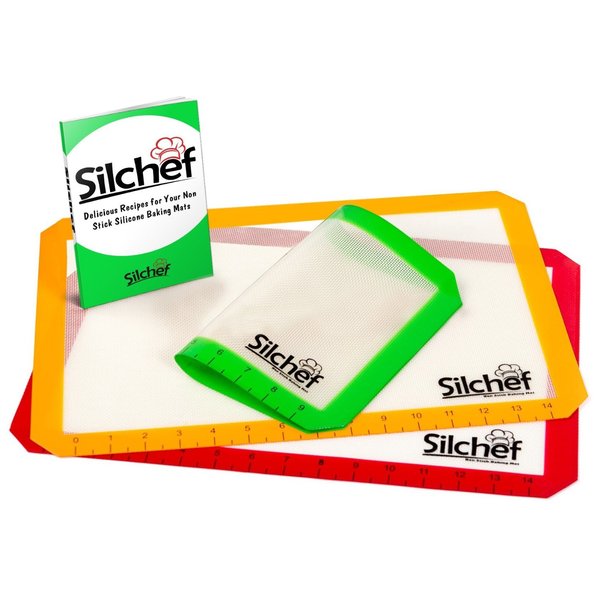
OK, with the science out of the way, here are tips and tricks (trusted cleaning methods) the Food 52 pros say will have your silicone mat looking (and smelling) new:
Food52 co-founder, Amanda Hesser, recommends soaking your silicone mat in hot water dosed with the juice of a few fresh lemons to give it a deep refresh.
Another recommended technique is to warm the silicon mat up in the oven first, so that the silicone molecules can expand and secrete the flavored, smelly oils. Then, while the mat is hot, immediately plunge it into a bath of warm water and white vinegar (or lemon juice). It should emerge smelling like new!
But the favorite, and considered best approach is to scrub your dirty silicone mat with a paste made of warm water and baking soda, let it sit for ten minutes, then rinse. Voila! Fresh and clean—just like new!
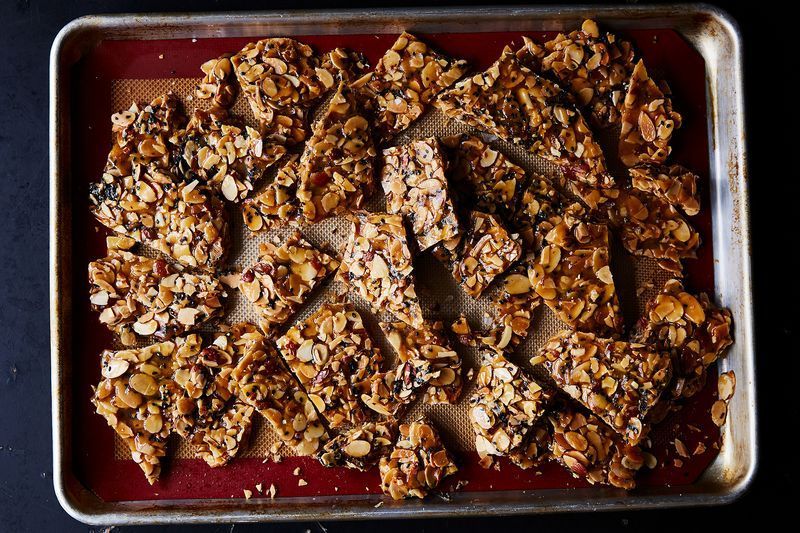
So next time you use your silicone mat to cook some oily (and delicious!) mackerel, don't forget to clean it right—you don't want your next batch of brittle tasting fishy.
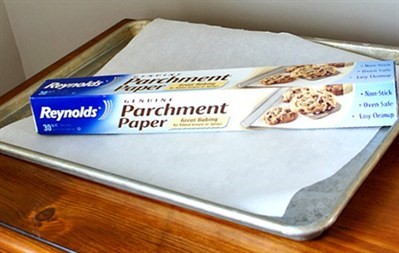
Let’s jump from silicone mats to parchment paper before I close. Have you been wondering why use a silicone mat if parchment paper is just as good? It’s true, parchment paper is tops, and in most professional bakeries, you’ll often see the pastry chef using silicone mats and parchment paper. There are lots of reasons why. Both choices offer easier cleanup, nonstick surfaces, less wear and tear on baking sheets and pans. But why choose one over the other?
The bottom line is that you really can’t go wrong with either option. Both are great solutions that cut down on added grease and cleanup time – and both can be used for more than just baking. It really comes down to personal preference with a few exceptions:
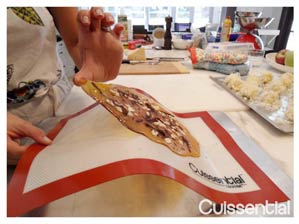
With super sticky recipes like hard candies or pralines, silicone baking mats are your best bet.
Using a silicone mat can result in lighter colored bottoms, especially if used with an insulated cookie sheet. If you are looking for crisp, brown bottoms, parchment paper is a better choice.
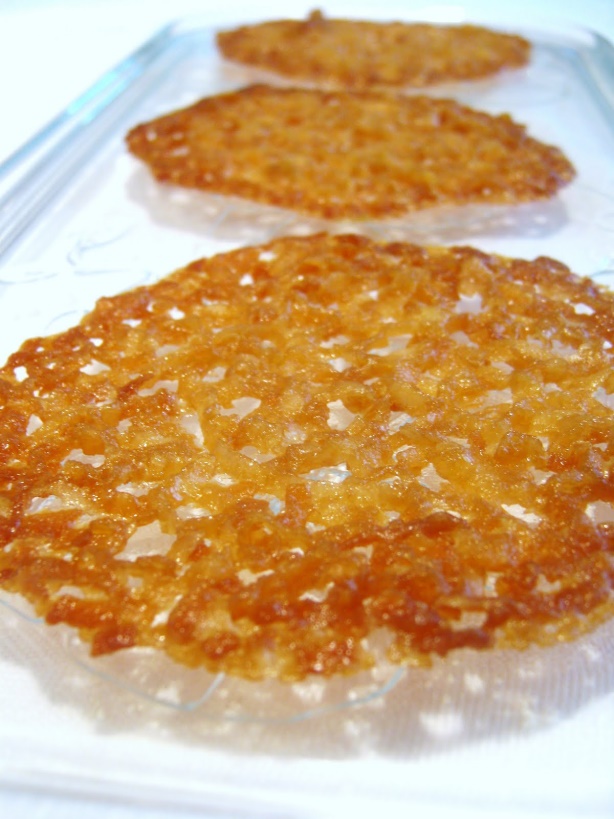
Very thin cookies (such as coconut lace) work best on a silicone baking mat as they could obtain a wrinkled appearance and stick if baked on parchment paper.
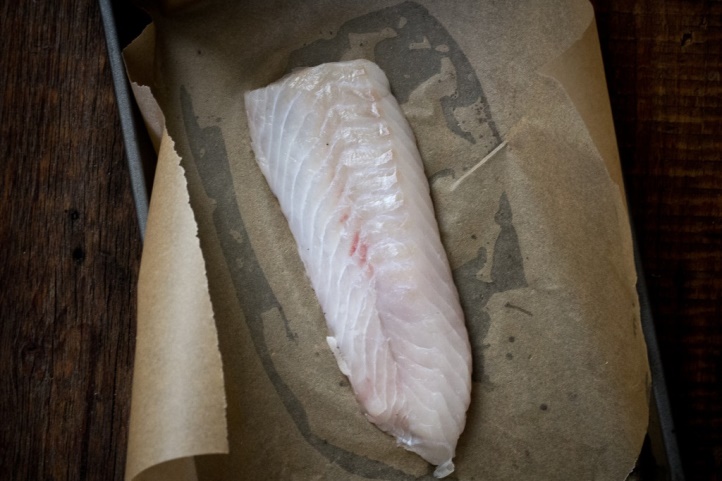
If cooking something on the smelly side (fish for instance), then you might want to cover your pan with parchment paper to avoid your silicone mat taking on any unwanted odors.
- www.amazon.com
- www.gimmetasty.com
- www.wayfair.com
- www.food52.com
- www.cookn.com
- www.bakingandmistaking.com
- www.blog.cleanprogram.com
 Alice Osborne
Alice Osborne
Weekly Newsletter Contributor since 2006
Email the author! alice@dvo.com
